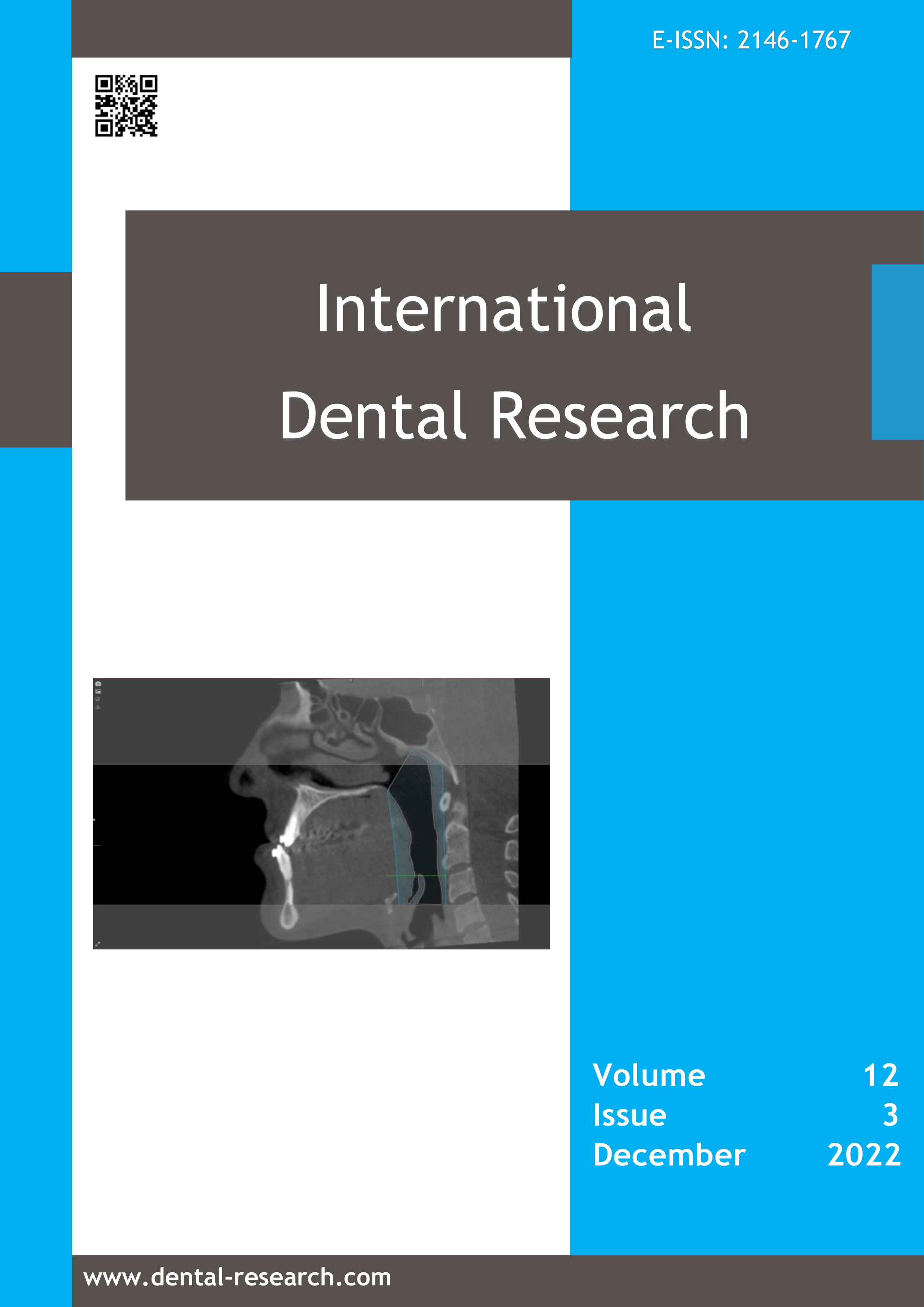Surface roughness evaluation of composite materials polished with one- or multi-step systems
Abstract
Aim: As the spectrum of composite materials expands in the dental market, it's becoming more challenging to differentiate the structural properties and to find suitable finishing-polishing (f-p) materials. The main goal is to evaluate the impact of one and multi-step f-p systems on the surface roughness (SR) of current composite materials.
Methodology: In this study, nanohybrid bulk-fill (Filtek BulkFill Posterior [FBFP]), nanohybrid (Ceram.x One [CXO]), microhybrid (Filtek Z250 [FZ250]), and giomer bulk-fill (Beautifil Bulk Restorative [BBR]) composites were tested. After sample preparation and 24-h storage in 37 °C distilled water, each main group was assigned to one of two groups (n = 10): a one-step (One Gloss-PS) or a multi-step (Sof-Lex) f–p system. SR values (Ra, µm) were measured using a profilometer. Statistical analysis was done using Tukey HSD and ANOVA tests (p < 0.05).
Results: FZ250 showed the highest Ra values, regardless of the f–p system used. CXO showed statistically significantly lower SR scores than FZ250 (p < 0.05). There were no significant differences among the Ra values of the one- or multi-step f–p systems for FBFP and FZ250. Both the material and f–p systems had a significant effect on the Ra values separately.
Conclusion: FZ250 showed the highest Ra values, and composites polished with the multi-step f–p system exhibited slightly smoother surfaces than those polished with the one-step system.
How to cite this article:
Ozan G, Berkman M. Surface roughness evaluation of composite materials polished with one- or multi-step systems. Int Dent Res 2022;12(3):165-70. https://doi.org/10.5577/intdentres.2022.vol12.no3.9
Linguistic Revision: The English in this manuscript has been checked by at least two professional editors, both native speakers of English.
Full text article
Authors
Copyright © 2022 International Dental Research

This work is licensed under a Creative Commons Attribution-NonCommercial-NoDerivatives 4.0 International License.
This is an Open Access article distributed under the terms of the Creative Commons Attribution 4.0 International License (CC BY 4.0), which permits unrestricted use, distribution, and reproduction in any medium, provided the original work is properly cited.

